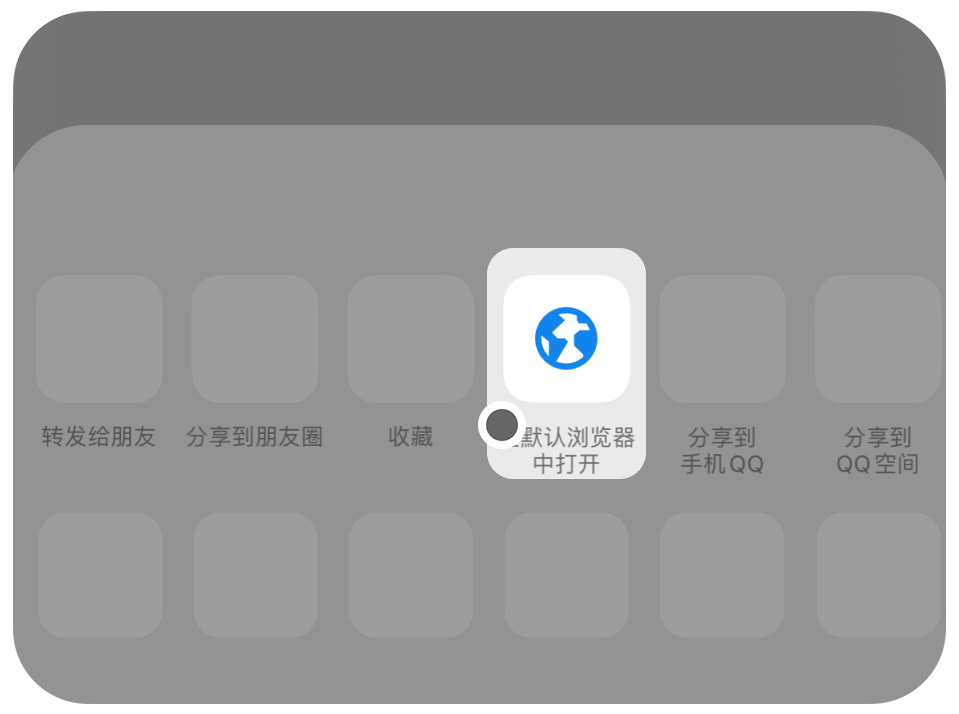Dart 语言中的集合运算
Dart 语言中的集合运算
Dart 的 Set 类型提供了丰富的集合运算方法,可以方便地进行集合间的操作。以下是 Dart 中主要的集合运算方法及其示例:
1. 并集 (Union)
合并两个集合中的所有元素,自动去重。
dart
Set<String> set1 = {'a', 'b', 'c'};
Set<String> set2 = {'c', 'd', 'e'};
Set<String> unionSet = set1.union(set2);
print(unionSet); // 输出: {a, b, c, d, e}
}
2. 交集 (Intersection)
返回两个集合中都存在的元素。
dart
void main() {
Set<String> set1 = {'a', 'b', 'c'};
Set<String> set2 = {'b', 'c', 'd'};
Set<String> intersectionSet = set1.intersection(set2);
print(intersectionSet); // 输出: {b, c}
}
3. 差集 (Difference)
返回在第一个集合中但不在第二个集合中的元素。
dart
void main() {
Set<String> set1 = {'a', 'b', 'c', 'd'};
Set<String> set2 = {'c', 'd', 'e'};
Set<String> differenceSet = set1.difference(set2);
print(differenceSet); // 输出: {a, b}
}
4. 补集 (Symmetric Difference)
返回只存在于其中一个集合中的元素(即并集减去交集)。
dart
void main() {
Set<String> set1 = {'a', 'b', 'c'};
Set<String> set2 = {'b', 'c', 'd'};
Set<String> symmetricDifference = set1.difference(set2).union(set2.difference(set1));
print(symmetricDifference); // 输出: {a, d}
// 或者使用更简洁的方式
Set<S


